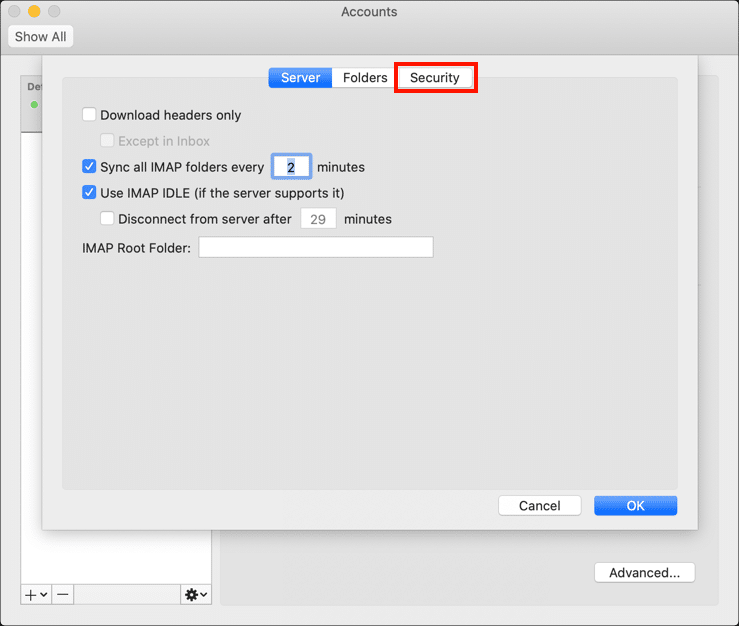
OUTLOOK FOR MAC DISCONNECTED INTERNET WINDOWS
adm file to a domain controller vary according to the version of Windows that you are running.
OUTLOOK FOR MAC DISCONNECTED INTERNET UPDATE
To update existing Outlook 2010 profiles by using Group Policy, follow these steps:ĭownload the latest version of the Outlk14.adm Group Policy template.Īdd the. The default Group Policy template for Outlook 2010 contains the Group Policy setting that controls Outlook-Exchange RPC encryption.

So you should only deploy this setting by using Group Policy for either of the following reasons: Outlook 2010īy default, the RPC encryption setting is enabled in Outlook 2010. This solution involves a single change on a server (domain controller), and your clients are automatically updated after the policy is downloaded to the client. Select Encrypt data between Microsoft Office Outlook and Microsoft Exchange > OK (A screenshot for this step can be seen here).ĭeploy a Group Policy setting to update existing Outlook profiles with RPC encryptionįrom a client perspective, deploying the Outlook-Exchange encryption setting is probably the simplest solution for organizations that have many Outlook clients. In the Microsoft Exchange dialog box, select the Security tab. In the dialog box that contains your mailbox server and user name, select More Settings. Select M icrosoft Exchange (send from this account by default) account > Change. Select your profile, and then click Properties. To manually update an existing Outlook profile so that it uses RPC encryption, follow these steps: Method 1: Update or create your Outlook profile with RPC encryption Manually update an existing profile prf file), make sure that you fully test the method before you deploy it on a large scale. If you are using one of the automated methods (Group Policy or a. Your Server or Mailbox names could not be resolved. Outlook must be online or connected to complete this action. The connection to the Microsoft Exchange Server is unavailable.

When you try to create a new Outlook profile for a mailbox on a server that's running Exchange 2010 or Exchange Server 2013, you may receive the following error messages: However, you only see two connections within the "Microsoft Exchange Connection Status" and you may see the Type Directory displayed as Disconnected/Connecting. Outlook starts and you can send and receive email messages. Outlook starts in the Disconnected state (the lower-right corner of the Outlook windows displays "Disconnected," the screenshot for the state is shown below). You may experience the following symptoms: However, if you're using a cached mode profile, Outlook doesn't display an error. Check to make sure you are connected to the network and are using the proper server and mailbox name. The information store could not be opened. Unable to open your default e-mail folders. Either there are network problems or the Microsoft Exchange Server computer is down for maintenance. The Microsoft Exchange Server computer is not available.

When you start Microsoft Office Outlook by using a profile that includes a mailbox on a server that's running Microsoft Exchange Server 2010, Exchange Server 2013, or Exchange Server 2016, you may receive the following error messages:Ĭannot start Microsoft Office Outlook. The article only applies to the Microsoft Outlook connection issues that are caused by the RPC encryption requirement.

Outlook connection issues with Exchange mailboxes caused by the RPC encryption requirement


 0 kommentar(er)
0 kommentar(er)
